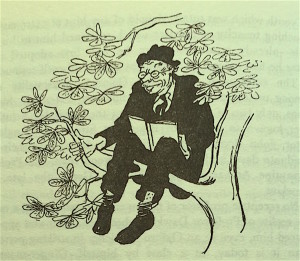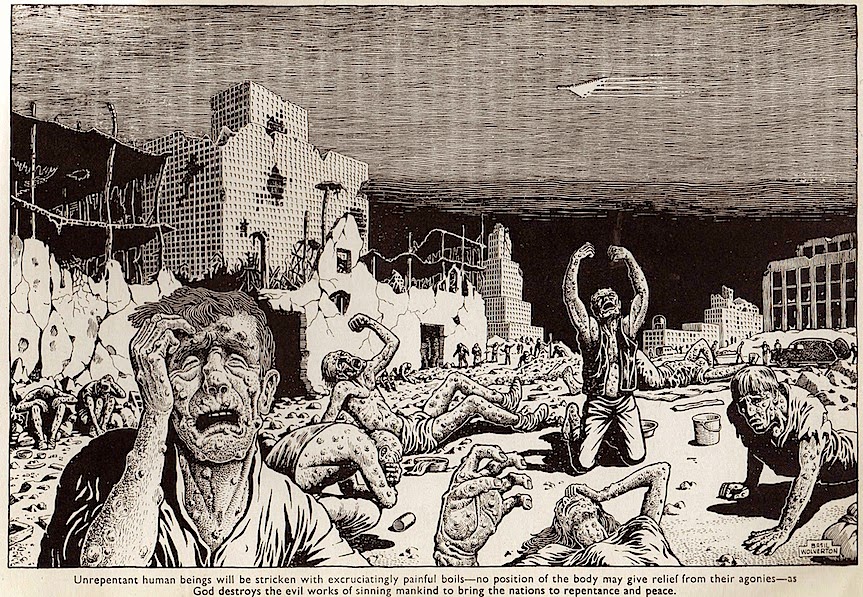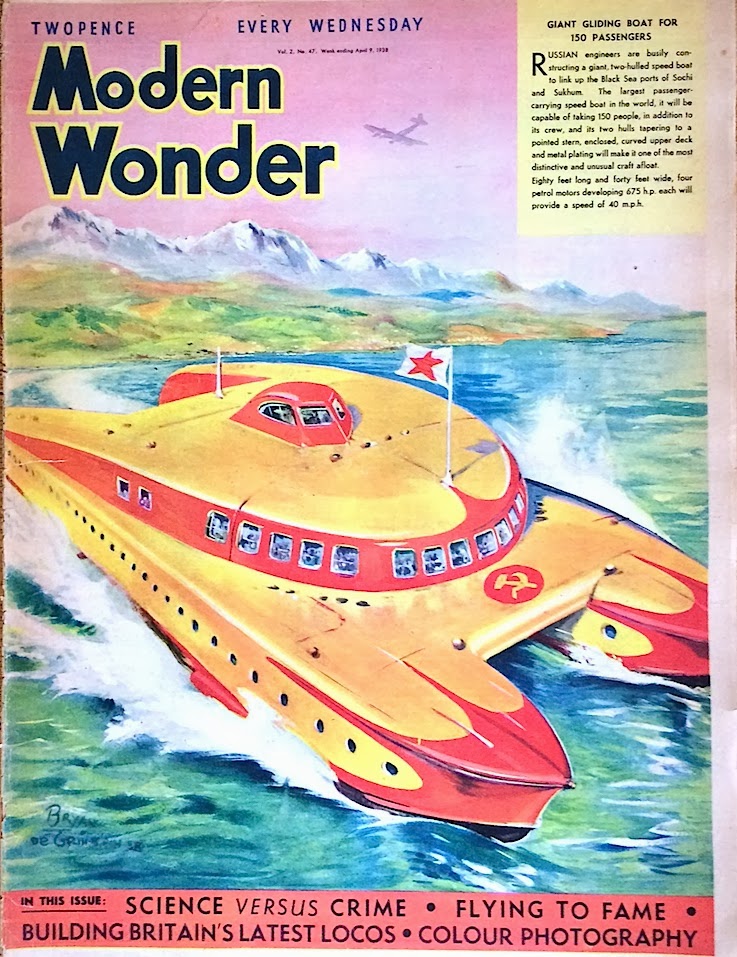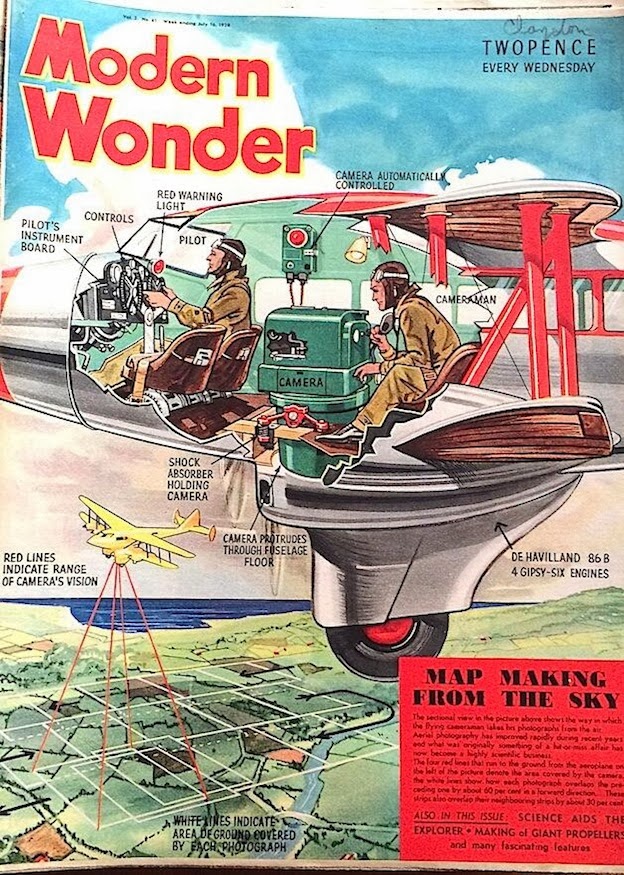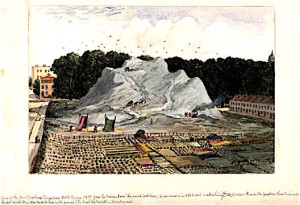 A central character in Dickens’ Our Mutual Friend (1865) is Nicodemus Boffin, nicknamed ‘The Golden Dustman ‘ because of the wealth he inherited from his old employer John Harmon, who had made his fortune as a Dust Contractor at Somers Town. These famous rubbish piles stood where the filthy Maiden’s Lane (now roughly York Way) joined onto Pentonville Road, near where Kings Cross station now stands. Here, just about anything could be found—‘dust ‘ was a Victorian euphemism; there was more likely to be dead dogs ,cats, horses, discarded pots and pans, crockery, shoes, boots, old clothes and all sorts of debris from the surface of roads, including grit, horse dung, dog dirt, as well as the human excrement collected by the scavengers. All this so called ‘dust’, once separated, could be sold to various factory owners for large profits. Dickens, who loved exploring London, once lived in Doughty Street, which is just a mile from the famous Somers Town dust heaps, and must have known them well. He also became friendly with a wealthy Dust Contractor from Islington called Henry Dodd who, at his death in 1881, left a fortune of £111,000. It has been argued that the character of Boffin was based on Dodd.
A central character in Dickens’ Our Mutual Friend (1865) is Nicodemus Boffin, nicknamed ‘The Golden Dustman ‘ because of the wealth he inherited from his old employer John Harmon, who had made his fortune as a Dust Contractor at Somers Town. These famous rubbish piles stood where the filthy Maiden’s Lane (now roughly York Way) joined onto Pentonville Road, near where Kings Cross station now stands. Here, just about anything could be found—‘dust ‘ was a Victorian euphemism; there was more likely to be dead dogs ,cats, horses, discarded pots and pans, crockery, shoes, boots, old clothes and all sorts of debris from the surface of roads, including grit, horse dung, dog dirt, as well as the human excrement collected by the scavengers. All this so called ‘dust’, once separated, could be sold to various factory owners for large profits. Dickens, who loved exploring London, once lived in Doughty Street, which is just a mile from the famous Somers Town dust heaps, and must have known them well. He also became friendly with a wealthy Dust Contractor from Islington called Henry Dodd who, at his death in 1881, left a fortune of £111,000. It has been argued that the character of Boffin was based on Dodd.
A contemporary sketch of the Somers Town site is dated 1836, but doubtless contractors had been adding to the muck heaps for many years up this date. Scavengers are depicted clambering over the filthy heaps in search of the more valuable items to sell on, a process that still takes place in some third world countries. It is interesting to find, therefore, a London Times classified advertisement of December 6th 1820, when Dickens was a boy of eight, requesting Dust Contractors to tender for a contract in Chelsea.
How to be larned, like what I am
The following advertisement appeared in a provincial newspaper and was sent as a curiosity by someone living in Newport, Shropshire to a reader of The New London Magazine in Wolverhampton. He in turn forwarded it to the editors, who published it in the issue for October 1786.
‘Larning has always been desired and esteemed, and it has always been a matter of dispute , and is yet amongst the abellist philosophers, wheather the earth or the sun moves, and how far distant the sun is from the earth , and how big the sun is , and also the moon and stares; and thousands of the greatyest schollors of every age, who have travelled into farin nations, and spent large sumes to get larning, and have taught and wrote the greatyest part of their life of artes and sciences , yet known of them all ever found out , or left any rule behind them, which infalabley proved, wheather the earth or the sun moved, nor how big the sun is, nor how far distant the sun is from the earth, nor the moon nor stares, yet all of them desired to know them—Therefore I, James Bagnall, of Newport , does hereby most respectfully informe the Ladyes and Gentlemen of Newport and it’s environs , and those that love the knolledge of artes and sciences, that he has from good phelosophey geometry invented sume curious geometrickal tables of the earth, and sun, moon and stares which point out and visabley shew, and infallabley prove, wheather the earth or the sun moves, and far distant the sun his from the earth; and with sume curious observations of the sun , taking the earth as such a size , with the power of figures in the mathematicks, proves the exact bigness of the sun, and moon and stares ; he also from good philosophy, gives a more perfect account of the earth, sea, rivers , wind and the different sorts of aire , and of the moon, stares and their properties, thunder and lightning, than any heretofore given. He also from good phelosophy and astrology, proves that the stares do not predestinate or influence the will of man, to make him luckey or unluckey, good or evil, and that he cannot avoid it; and therefore for their instructions and edifycations, and that those who choose it, may have the honour to see the performance of these very great and desirable and noble artes and sciences, the first time they ever wheare taught or made publick in any part of the world, by the person himself, who found out the understanding of them; therefore he has taken the market hall of Newport for five nights only, where he will go through the whole of them; and the weakest capacity, who comes the five nights to be instructed by him, will in so short a time larn more true knolledge of these great and desirable and truly eddefying artes and scinces then all the great phelosophers of the world, all put together, ever got of them, till now, with all their expence and pains’ and by these rules found out or done almost everything that can be done by figuers.
R.M. Dawkins – The most eccentric professor (ever)
Found in Osbert Lancaster’s With an Eye to the Future (John Murray, 1967)– this account of Oxford professor R.M. Dawkins (1871-1955):
No eccentric professor of fiction could possibly hold a candle to the reality of Professor Dawkins whose behaviour and appearance placed him, even in an Oxford far richer in striking personalities than it is today, in a class by himself. Ginger-moustached, myopic, stooping, clad in one of a succession of suits which he ordered by postcard from the general store of a village in Northern Ireland, he always betrayed his whereabouts by a cackling laugh of great carrying power. (Once when passing alongside the high wall of Exeter, startled by this extreme sound, I looked up and saw the professor happily perched in the higher branches of a large chestnut tree hooting like a demented macaw.)
Richard MacGillivray Dawkins was an archaeologist and a scholar of classical and modern Greek. After studying engineering, a windfall enabled him at the age of twenty-six to enter Emmanuel College, Cambridge, to read classics. After graduating he became associated with the British School at Athens, eventually becoming its director. He studied Greek dialects and was involved in excavations in Crete, at Sparta and elsewhere. From 1916 to 1919 he served as an intelligence officer in the Royal Naval Volunteer Reserve, in eastern Crete. In 1920 he was appointed to a chair of Byzantine and modern Greek at Oxford, and in 1922 he became a fellow of Exeter College (from which he retired in 1939, continuing to hold rooms there until his death) and an honorary fellow of his old college, Emmanuel. He had known Evelyn Waugh, Ronald Firbank and was very generous to his friend the difficult and impecunious genius Baron Corvo. He was also an early collector of watercolours by Edward Lear. Most of this info and a portrait by the British Vorticist William Roberts can be found at English Cubist. Lancaster illustrated his piece with a drawing of the professor perched in the tree.

Some tall tales

The veteran anthologist Peter Haining (1940-2007, pictured right) only managed to make a decent living by having a number of different projects on the boil at once. Although it has been estimated that he published around 200 books, not all of his ideas came to fruition. One that didn’t excite publishers was ‘Tall stories ---an anthology of boaster’s tales’, which he was hawking around in April 1991 as a potential Christmas book.
Haining’s introductory presentation to one publisher promised stories by ‘a veritable galaxy of star names ‘ in which ‘ fiction outweighed the fact ‘. Some of these stories would be presented by their authors as ’ ostensibly true ‘ while others would be ’ unashamedly fictitious’.
Some of the material that he intended to reproduce included Spike Milligan’s ‘Agent 008’, Lord Dunsany’s ‘The Electric King’, Baron Corvo’s ‘ How I was buried alive’, Charles Dickens’ ‘’The Wide-awake Club’, Tom Sharpe’s ‘ Disaster in the Deep Bed’, Fitz James O’ Brien’s ‘ How I achieved perpetual motion’, Stephen Leacock’s ‘ The iron man and the tin woman’, and G.K.Chesterton’s ‘ The Club of Queer Trades.’
I’d certainly publish a book which included those titles, but perhaps the titles were better than the stories.
Continue reading
English translation howlers
 |
| From Funny or Die site (thanks) |
From the Peter Haining Archive. These are taken from a collection compiled by Thomas Cook employees in Nottingham during the period 1987 – 95:
‘You are invited to take advantage of the chambermaid ‘
Notice in Japanese
hotel
‘Ladies are requested not to have children in the bar’
Announcement in Norwegian cocktail lounge.
‘The lift is being fixed. During that time we regret you
will be unbearable’
Notice in a Bucharest
hotel lobby.
‘The flattening of underwear with pleasure is the job of the
chambermaid’
Notice in a Yugoslav
hotel.
‘Our wines leave you with nothing to hope for ‘.
Swiss restaurant menu.
‘Ladies may have fit upstairs’
Outside a Hong Kong
tailors
‘Special today—no ice cream’
Swiss mountain inn
‘Order your summer suit. Because of big rush we will execute
customers in strict rotation’
In a Rhodes tailors.
‘We take your bag and send it in all directions’
Copenhagen airline
ticket
‘Teeth extracted by the latest Methodists’
Hong Kong dentist
[R.R.]
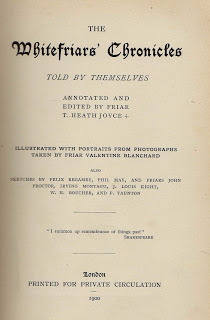
Literary Cranks of London– The Whitefriars Club
 This was established in 1868 in three rooms at Radley’s Hotel, in New Bridge Street, Blackfriars. The authors don’t mention the fact, but in the 1820s Radley’s was known as Walker’s Hotel and was infamous as the HQ of the generally despised Constitutional Association, the reactionary group dubbed by William Hone, the ‘Bridge Street Gang’, which harassed radical booksellers it accused of circulating seditious libels--- usually the pirated works of Thomas Paine.
This was established in 1868 in three rooms at Radley’s Hotel, in New Bridge Street, Blackfriars. The authors don’t mention the fact, but in the 1820s Radley’s was known as Walker’s Hotel and was infamous as the HQ of the generally despised Constitutional Association, the reactionary group dubbed by William Hone, the ‘Bridge Street Gang’, which harassed radical booksellers it accused of circulating seditious libels--- usually the pirated works of Thomas Paine.
By the time it had come to house the Whitefriars ( incidentally, a humorous reference to the nearby Blackfriars) Radley’s was a respectable family business with ‘ an old-fashioned cuisine and an excellent cellar of wines ‘. Of the three rooms occupied by the Club, the one used as a dining room had ‘three windows looking out on Ludgate Hill Station, filled with heavy furniture and black horse-hair sofas of a late Georgian period’. Behind this was a smaller room dedicated to ‘smoking and writing’, which commanded a view behind the Bridewell gaol ‘of a neglected bit of ground, on which flourished rank grass, oyster shells , and dead cats…and a row of picturesque and irregular backs of ancient houses, delightful for their finely-toned red brick, their old red tiles and their quaint chimney pots ‘. By 1900, when the history of the Club was privately published, Radley’s Hotel had been pulled down ‘for improvements’.
Continue reading

The Literary Cranks of London – Omar Khayyam Club
We could find no further copies of the 1894 London journal The Sketch which in that year was running a series 'The literary cranks of London.' However the 1899 publication The Book of Omar and Rubaiyat has an essay on the Omar Khayyam Club entitled 'The literary cranks of London' by 'A Member' which is almost certainly reprinted from the series. The book shows a menu card for the society designed by the PRB artist Simeon Solomon. The other club in the series was 'The Johnson Club' - there were possibly more.
Mention is made here of 'The Ghouls' which may pay further investigation... Of the many societies that flourished then the Omar Khayyam is one of the few to have survived and still meets. There is also an American chapter.
THE OMAR KHAYYAM CLUB
By A MEMBER
The literary cranks of London are as the sand of the sea-shore for number, and yet they have rather diminished than increased during the last few years. The Wordsworth Society no longer collects archbishops and bishops and learned professors in the Jerusalem Chamber to solve the mystery of existence under the guidance of the great poet of Rydal, and one is rather dubious as to whether the Goethe Society has much to say for itself to-day, although in its time it has crammed the Westminster Town Hall with enthu- siastic lovers of German literature. The Shelley Society one only hears of from time to time by its ghastly bur- den of debt,a state which perhaps reflects the right kind of glory upon its great hero, whose aptitude for making paper boats out of Bank of England notes, if apocryphal, is, at any rate, a fair exemplification of his capacity for getting rid of money.And as to the Browning Society, with its blue-spectacled ladies, deep in the mysteries of Sordello, if the cash balance, which is said at Girton to have been expended in sweetmeats, had any existence, at the London centre, one knows not what confectioner at the West End has reaped the benefit. There are, however, some fairly flourishing organizations at this moment. One of them is the "Sette of Odd Volumes," another the Johnson Club, to say nothing of the "Vaga- bonds," the " Ghouls," and the latest comer, the Omar Khayyam Club.
Continue reading
Richard Nixon v JFK at the 1960 Presidential election—an astrologer’s prediction
In the December 1959 issue of the British magazine Prediction is a remarkable attempt by an astrologer named Katina Theodossiou to predict the political careers of the two contenders for the imminent 1960 Presidential election.
Kennedy
By temperament he will be a pacifist, not a war-monger; but he would not be inclined to veto armaments, nuclear or otherwise, because of this. He has a very realistic streak blended with his well-publicized religious principles. Mr Kennedy will believe that the best way to assure peace is to remain strong.
His capacity for compromise (a Libran trait) would lie in his responding, within limits, to any concessions made by the Communist bloc, but he would not go the whole hog, nor would he initiate concessions…For all his instinctive adaptability, Mr Kennedy’s shrewdness would come badly off if any sudden crisis were precipitated upon him. Taken unawares, he would react over-hastily; the façade of strength, of imperturbability, would disintegrate; his decisions under such strain would tend to rashness…
Continue reading
I once met…Eric Korn
 |
| Eric in Red Square (from ABA Newsletter ) |
Eric Korn (1933-2014) seems to have been a much admired man, if all the many recent tributes in the Letters pages of the TLS to the polymath, ex-marine biologist, bookseller and brain-box star of Round Britain Quiz, are any indication. All these encomia remind me of a visit I paid to his home over fourteen years ago.
Having been impressed for years by his performances on Round Britain Quiz on which the current less demanding TV show Only Connect is loosely based, and having some notion of his special areas as a book dealer, I was curious to discover how he had become so well read in so many disparate subjects. Locating him was easy enough. Like so many dealers nowadays, his home was also his shop, and this turned out to be a rather conventional looking Edwardian terraced house in Muswell Hill. I’ve interviewed a few booksellers in my time but not one of them answered the door wearing scruffy jeans and a T shirt. I took to him immediately.
Continue reading
George Hunt Williamson, contactee

Found on the endpapers of Secret Places of the Lion by George Hunt Williamson (Neville Spearman, London 1963)- a handwritten note by the publisher Neville Armstrong (1914- 2008). He was one of the last of the gentlemen publishers, producing books mirroring his own whims and tastes - such subjects as flying saucers, the occult, wrestling, reincarnation, spiritualism, spies, sex, cooking, chess and Spain. In 1955 he began his own imprint, 'Neville Spearman Publishers'. George Hunt Williamson has a good Wikipedia entry. He is described there as a flying saucer contactee, channel, and metaphysical author who came to prominence in the 1950s. His dates were 1926-1986 and he was also known as Michael d'Obrenovic and Brother Philip. 'Contactees' are people who claim to have experienced contact with extraterrestrials.
Nevile Armstrong/ Spearman writes:-
George Hunt Williamson('Ric') was one of the original witnesses to the desert sighting of a UFO by George Adamski 'Flying Saucers Have Landed.' A world bestseller and years ahead of the phoney Erich von Daniken.
Ric was a personal friend. Many strange things happened when in his company. I recall a wine bottle in my cottage in Upper Hartfield which refused to empty! After an evening's talk which included my wife, the bottle was still half full. This was a minor happening.
He also wrote a very strange book, Saint of the Andes. It was a monastery inhabited by strange people – monks, I think – to which many people& expeditions set out to find. All were unsuccessful.
He was one of my most extraordinary authors but entirely sincere.
Neville Armstrong 28th March 2004

The year 1975 in prophecy
If you ignore the boils, this could be a scene from any number of war zones around the world today. But it isn’t. It’s the vision of destruction that Mad Magazine cartoonist Max Wolverton has conjured up after having read the blistering anti-technology rant of American Radio evangelist Herbert W Armstrong entitled 1975 in Prophecy.
This pamphlet of some 32 pages contains other examples of Wolverton’s artwork, including a rather chilling reminder of 9/11 in which bodies are shown falling from a cliff to their deaths. There are also photographs of the technological miracle that was post-war West Germany—all to show how the 'fantastic push button world' brought to us by scientists and technologists was likely to turn us into a 'western world of soft degenerates, irresponsible, immoral, sick of mind and diseased of body’ prey to a take-over by Communism, and even, more absurdly, Neonazism.
Continue reading

Kent writer self-combusts
In the Dartford Chronicle for 7 April 1919 appeared an extraordinary report of a fire. A local writer named J. Temple Thurston had been found dead in his blazing home, Hawley Manor, under quite bizarre circumstances. He was discovered sitting up fully clothed at three in the morning with large red patches on the thighs and lower parts of the legs. At the inquest it was remarked that ‘it was much as if, bound to a stake, the man had stood in a fire that had not mounted high.‘
Although the victim’s torso was severely burnt, his legs were not wholly consumed and his clothes remained unscorched. The firemen found the fire raging outside Thurston’s room. There were no signs of arson, robbery or any such criminal act. The cause of death was given as heart failure due to smoke inhalation.
 This is one of the cases included in Charles Fort’s Wild Talents, a pioneering study of unexplained phenomena. It gets in because the seat of the fire seems to have been the torso of the victim himself. Had it begun in the room next to Thurston’s, it surely would have burnt his clothing to ash. Fort suspected ‘spontaneous human combustion ‘and in the 70 years since the book’s publication, other similar cases have occurred that tend to support this theory. Two of the most frequent features of such suspected cases are that extremities, such as legs and arms, are left comparatively untouched and that clothing is sometimes unscorched.
This is one of the cases included in Charles Fort’s Wild Talents, a pioneering study of unexplained phenomena. It gets in because the seat of the fire seems to have been the torso of the victim himself. Had it begun in the room next to Thurston’s, it surely would have burnt his clothing to ash. Fort suspected ‘spontaneous human combustion ‘and in the 70 years since the book’s publication, other similar cases have occurred that tend to support this theory. Two of the most frequent features of such suspected cases are that extremities, such as legs and arms, are left comparatively untouched and that clothing is sometimes unscorched.
Recent breakthrough research by Cambridge University biologist Professor Brian J Ford, has concluded that the production of highly inflammable acetone in mainly abdominal tissues through ketosis, is the key factor in spontaneous human combustion. These findings have been generally accepted. And having interviewed Professor Ford, and witnessed the film he took of his experiments, I have become one of the converts.
Ford demonstrated that the fire produced after ignition, presumably through static or a stray spark, can be extremely intense and long-lasting, and if we assume that the flames that issued from the body of Temple Thurston shot sideways and perhaps upward, this would perhaps explain the significant damage to the door, walls and eventually the roof. Later in 1919, major repairs were undertaken to the house (online historical building report).
But one mystery remains unsolved. Just who was J. Temple Thurston? The Dartford Chronicle describes him as a ‘writer‘. Even if we assume that this term is often used loosely, his name must surely crop up in one literary context or another. But it does not. The middlebrow travel writer and historian, E. Temple Thurston (obit 1933), was perhaps a relative, as could be the living American mystic Leslie Temple-Thurston. But no-one seems to have heard of the writer J. Temple Thurston. Presumably, he was comfortably off, either as owner or tenant of Hawley Manor, which was, and still is, a sizeable mansion, and was once the home of the famous Victorian painter William Quiller Orchardson.
Also, could it be a coincidence that the coroner who published a detailed account of spontaneous human combustion in 1961 is called Gavin Thurston? [RR]
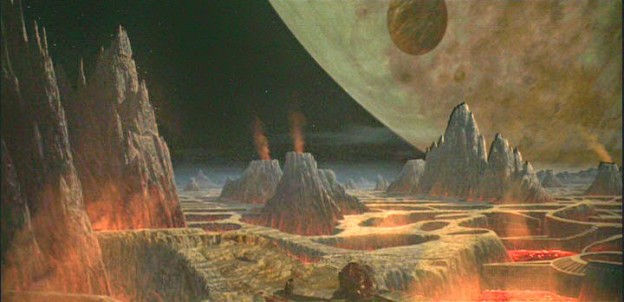
Vulcan 2
The second part, from the fascinating forgotten work Oddities: A Book of Unexplained Facts (Allan, London 1928) by R.T. Gould, on the non-existent planet Vulcan. The first part can be found here.
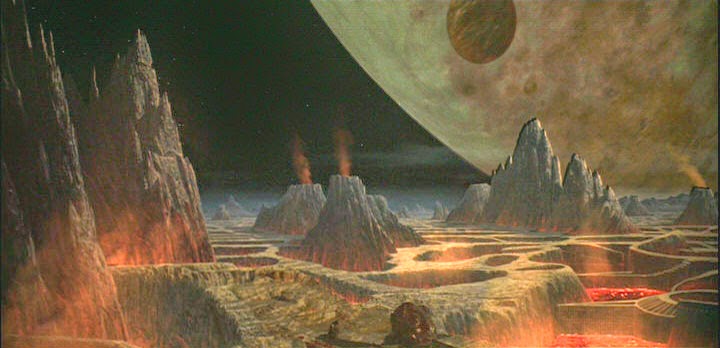 |
| Vulcan Landscape (from Star Trek, the Motion Picture) |
He also calculated that Vulcan ought to be in transit on the sun's face on or about April 3rd and October 6th of every year, at which times it should, of course, be visible in the same manner as it had been to Lescarbault. He did not hold out much hope of its being seen at other times, since he computed that its lustre would be so feeble that it might easily remain unseen, even during a total eclipse of the sun.*
* Proctor has questioned this statement. By his calculations, Vulcan and Mercury, seen during eclipse at their greatest angular distance from the sun, would appear about equally bright.
Continue reading

Arnold Bennett and ‘dressing apraxia’
Football fans among the Jot 101 community may remember the ridicule which greeted the failure of the childlike Manchester City striker Mario Balotelli, to don a simple training bib. Fans blamed the footballer’s apparent dimness , but his difficulties with clothing recall a syndrome known as ‘dressing apraxia ‘,which, according to the consultant neurologist G. D. Perkin, writing in the British Medical Journal, ‘are graphically described by the novelist Arnold Bennett in Clayhanger*


Bennett ‘s Journals reveals the novelist to have been interested in medicine as it concerned his own chronic poor health , some of the symptoms of which were neuralgic pains, headaches and insomnia, but also that of his father, Enoch. Perkin argues that the ‘dressing apraxia’, clearly demonstrated in Darius Clayhanger’s inability to dress himself, was a reflection of Enoch’s own medical condition. Having failed to identify the disease responsible for the symptoms suffered by both men, Perkin final alighted on Pick’s disease, a rare neurodegenerative condition, a description of which he discovered in a French medical journal of 1928. As this disease is often familial, and according to Bennett’s biographer Margaret Drabble, it was reported to have killed two of his sisters, might the symptoms suffered by Bennett suggest that he too may have been afflicted, though Perkin maintains that the Journals ‘nowhere support the possibility’.
Bennett’s sometimes frantic search for quack remedies for his chronic bad health occasionally placed him in further danger. Could it be that the ill-judgement, a product of the cognitive impairment brought about by Pick’s disease, caused the novelist’s own tragic death. In January 1932, while staying in a Paris hotel, Bennett refused to pay for mineral water in the restaurant and, ignoring the advice of the waiter that this was not a wise thing to do, downed a glass of tap water from the carafe. He was taken ill with typhoid and died two months later. [RR]
*For many months now he had helped Darius to dress, when he came up from the shop for breakfast, and to undress in the evening. It was not that his father lacked the strength, but he would somehow lose himself in the maze of his garments, and apparently he could never remember the proper order of doffing or donning them. Sometimes he would ask, “Am I dressing or undressing?” And he would be capable of so involving himself in a shirt, if Edwin were not there to direct, that much patience was needed for his extrication. His misapprehensions and mistakes frequently reached the grotesque. As habit threw them more and more intimately together, the trusting dependence of Darius on Edwin increased. At morning and evening the expression of that intensely mournful visage seemed to be saying as its gaze met Edwin’s, “Here is the one clear-sighted, powerful being who can guide me through this complex and frightful problem of my clothes.” A suit, for Darius, had become as intricate as a quadratic equation.

R.T. Gould and The Planet Vulcan 1
 |
| T.T. Gould & his wife Muriel |
Something of a polymath, he wrote an eclectic series of books on topics ranging from horology to the Loch Ness Monster. He was a member of the Sette of Odd Volumes (Brother Hydrographer) and the book Oddities is dedicated to the club. He was a science educator, giving a series of talks for the BBC's Children's Hour starting in January 1934 under the name "The Stargazer", and these collected talks were later published. He was a member of the BBC radio panel Brains Trust. He umpired tennis matches on the Centre Court at Wimbledon on many occasions during the 1930s. This is the first part of the chapter on the planet Vulcan (more to follow)-
Continue reading

Ostrich Fallacies
Found in The Encyclopaedia of Fads and Fallacies by Thomas Jay (Elliott Rightway Books, Kingswood Surrey 1958) a small section on ostrich fallacies. The reference to a Bergen Evans
book is probably his Natural History of Nonsense.
The Diet of the Ostrich
 There is a foolish notion that the ostrich can digest iron. Many zoos and menageries have quite a lot of trouble because the public will feed ostriches with nails or bits of metal. As Bergen Evans points out in one of his books, it rarely occurs to people that the purposes of the bars, moats, and walls at zoos is to protect the animals from us.
There is a foolish notion that the ostrich can digest iron. Many zoos and menageries have quite a lot of trouble because the public will feed ostriches with nails or bits of metal. As Bergen Evans points out in one of his books, it rarely occurs to people that the purposes of the bars, moats, and walls at zoos is to protect the animals from us.
Ostrich
An ostrich does not bury its head in the sand thinking that it is hiding itself. But what some politicians will do without the metaphor I don't know. If alarmed, or suspicious, the ostrich will lie flat on the ground with its head stretched out flat in front so that it can size up the situation. And it can do that very well from that position.
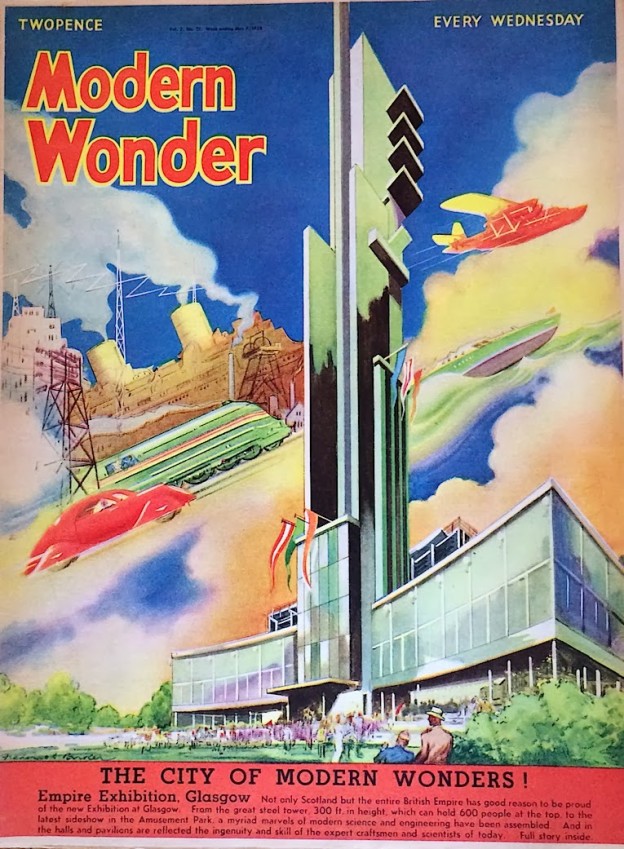
Wonders of the 1930s
Some amazing covers from Modern Wonder: the Pictorial Review.(Odhams, London 1937 - 1940)
An astonishing magazine of modern invention, science and future prediction (visions of the future) subjects include: photography (miniature), aviation & flying boats, trains, shipping, wireless, television, military machinery, car racing, world record speed attempts, deep-sea diving & submarines, power stations and manufacturing. Striking, colourful covers, mostly by Bryan de Grineau and Lashwell Wood. Most issues have stories, (thrillers and science fiction) by such writers as Clifford Cameron, Stanton Hope, W. J. Passingham, Peter Barr, and in the first issue, John Wyndham (writing as John Beynon) Issue 1 also includes the required supplementary booklet 'Marvels of Today'. Issue 105 sees the appearance of Alex Raymond's 'Flash Gordon' comic strip, for about 30 issues, mostly in colour. From issue 134, as Britain moves into the war, it's name changes to Modern Wonders (War Pictures).


